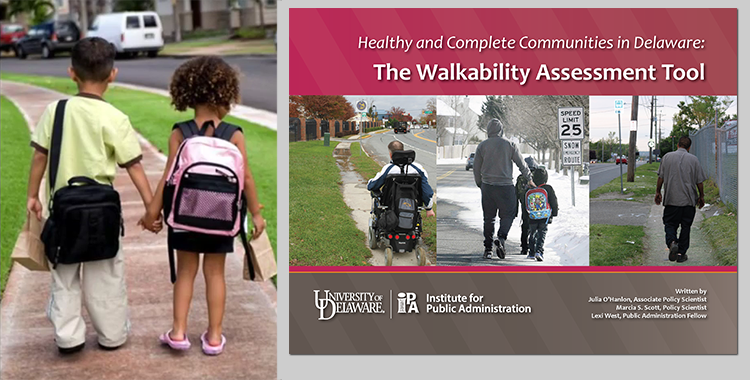
by Sarah Marshall Pragg | Jun 23, 2015 | News, Toolbox
Walkable, pedestrian infrastructure is a key element of a “Complete Community.” When sidewalks, parks, and trails are pleasant places to walk, all community members benefit. Unfortunately, not all places are walkable, but with the help of IPA’s Walkability Assessment...
by Sarah Marshall Pragg | May 19, 2012 | News
A WHYY TV video segment, “Gov. Markell on-bike interview,” aired on May 18, 2012. This video features Governor Markell talking with WHYY’s Mark Eichmann during a ride along Route 9 near Port Penn in support of the Bike to Work movement.
by Sarah Marshall Pragg | Apr 15, 2012 | News
The Mineta Transportation Institute has published a new research report entitled, The Impact of Center City Economic and Cultural Vibrancy on Greenhouse Gas Emissions, that concludes lower greenhouse gas emissions from reduced driving and greater public transit use...
by Sarah Marshall Pragg | Apr 6, 2012 | News
A WHYY TV video segment, “Exercise by Accident,” was recently aired on its weekly show First for Friday. The video features Delaware Division of Public Health Director Dr. Karyl Rattay, who explains how the Delaware Coalition for Healthy Eating and Active Living (DE...
by Sarah Marshall Pragg | Feb 5, 2012 | News
A recent New York Times article indicates that our “built environment” — where we live, work, play and shop — has become a leading cause of disability and death in the 21st century. An auto-centric society, and lack of walkable, bikable, and public transportation...


